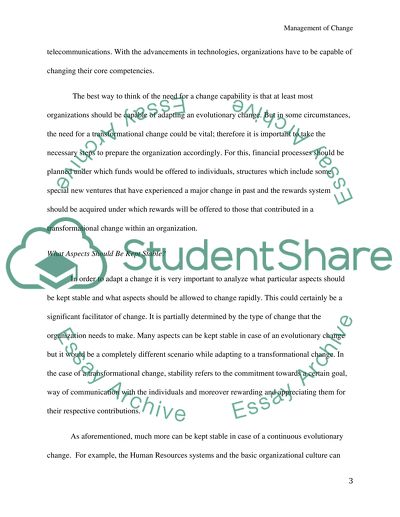Cite this document
(“Management of change Essay Example | Topics and Well Written Essays - 2000 words”, n.d.)
Management of change Essay Example | Topics and Well Written Essays - 2000 words. Retrieved from https://studentshare.org/other/1399623-management-of-change
Management of change Essay Example | Topics and Well Written Essays - 2000 words. Retrieved from https://studentshare.org/other/1399623-management-of-change
(Management of Change Essay Example | Topics and Well Written Essays - 2000 Words)
Management of Change Essay Example | Topics and Well Written Essays - 2000 Words. https://studentshare.org/other/1399623-management-of-change.
Management of Change Essay Example | Topics and Well Written Essays - 2000 Words. https://studentshare.org/other/1399623-management-of-change.
“Management of Change Essay Example | Topics and Well Written Essays - 2000 Words”, n.d. https://studentshare.org/other/1399623-management-of-change.


